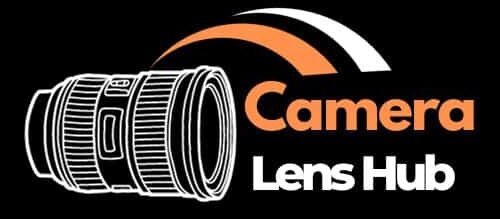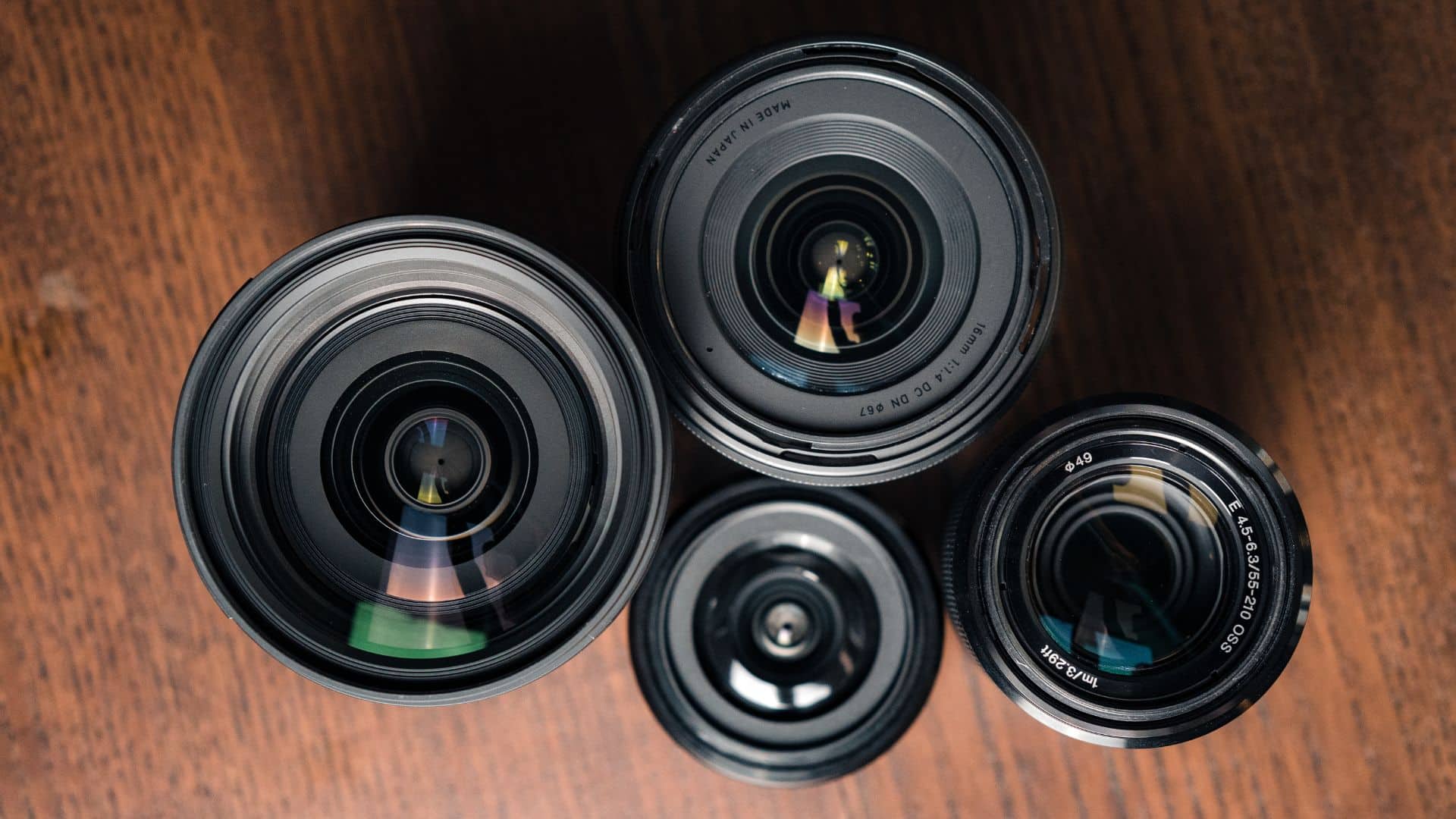Purchasing a used camera lens can be an excellent way to expand your gear collection without breaking the bank. Whether you’re a budding photographer or a seasoned professional looking to upgrade, a high-quality used lens can deliver exceptional results at a fraction of the cost of new ones. However, buying a used lens comes with its own set of challenges and considerations. How can you ensure that you’re making a smart purchase? What should you look for to avoid potential problems? In this comprehensive guide, we’ll walk you through everything you need to know to choose a used camera lens and to make an informed decision.
Understanding the Used Camera Lens Market:
When it comes to photography, the lens is arguably more important than the camera body itself. A good lens can significantly enhance image quality, while a poor one can detract from even the most sophisticated camera. As a result, many photographers consider buying used lenses to save money while still obtaining high-quality optics. However, navigating the used lens market can be daunting. This guide will provide you with essential tips and considerations for choosing a used camera lens.
Why Buy a Used Camera Lens?
Before diving into the specifics of how to choose a used camera lens, let’s explore why buying a used lens is a good idea in the first place.
1: Cost Savings:
The most obvious benefit of purchasing a used lens is the cost savings. Camera lenses are an investment, and buying new can be prohibitively expensive, especially if you’re looking for professional-grade gear. A used lens offers the same performance and features as a new one but at a fraction of the cost. With careful inspection, you can often find a well-maintained lens that will serve you just as well as a brand-new one.
2: Out-of-Production Lenses:
Some lenses that were once available new may no longer be in production. If you’re looking for a specific lens model that has been discontinued, buying used might be your only option. Whether it’s an older version of a popular lens or a rare specialty lens, the secondhand market can help you track down equipment that’s no longer on store shelves.
3: Access to High-Quality Lenses:
When buying new, budget constraints may force you to choose a more affordable lens with fewer features or lower optical quality. Purchasing used equipment opens up the possibility of acquiring a higher-end lens at a lower price, allowing you to access better optical performance, build quality, and advanced features that may otherwise be out of your price range.
What to Look for When Choosing a Used Camera Lens:
While the benefits of buying a used lens are clear, it’s important to approach the process carefully to ensure you’re getting good value for your money. Below are some key factors to consider when you choose a used camera lens.
1: Condition of the Lens:
- The first thing you should check when buying a used lens is its condition. While external damage such as scratches or dents may be visible, the internal components of the lens are just as important, and you’ll need to inspect these thoroughly as well.
2: Exterior Condition:
- Start by examining the exterior of the lens. Look for any signs of wear, such as scratches, scuffs, or paint chips. A few minor cosmetic blemishes are normal for a used lens, but deeper scratches or dents could be a sign of rough handling or poor storage. Make sure the focus ring, zoom ring, and aperture ring (if applicable) move smoothly without resistance or stiffness.
3: Lens Glass:
- The glass elements of the lens are crucial to image quality. Check the lens for any cracks, deep scratches, or chips. Use a flashlight to inspect for any internal dust, fungus, or haze. A small amount of dust inside the lens is generally not a problem and won’t affect your images, but fungus and haze can degrade image quality significantly. If you notice these issues, it’s best to avoid purchasing the lens unless you’re willing to invest in repairs.
4: Focusing Mechanism:
- The focusing mechanism should operate smoothly. Test both manual and autofocus (if applicable) to ensure that the lens focuses correctly. Any jerky or unresponsive movement when focusing could indicate an internal problem or worn-out components.
5: Aperture Blades:
- The aperture blades should open and close smoothly when adjusting the aperture settings. Test this by turning the aperture ring (or adjusting the aperture electronically, if it’s a modern lens) and observing the movement of the blades. If the blades appear to stick or fail to close completely, the lens may have a mechanical issue that could affect its performance.
6: Image Stabilization (IS):
- If the lens has image stabilization (IS) or vibration reduction (VR), check whether it’s working as intended. While this feature is more commonly found in zoom lenses, it’s worth confirming that the stabilization system is functioning properly, especially if you plan to use the lens for handheld shooting.
7: Autofocus Performance:
- If you’re purchasing an autofocus lens, it’s crucial to test the autofocus performance. Mount the lens on your camera, switch to autofocus mode, and test it on several subjects. The autofocus should be fast and accurate, without any hunting or hesitation. If the lens is slow to focus or misses focus often, it may be a sign of a problem with the autofocus mechanism.
8: Check for Lens Fungus:
- Lens fungus is a common issue with used lenses, especially in humid environments. It appears as small, cloudy spots inside the lens that can’t be removed through regular cleaning. Fungus can spread over time, affecting the lens’s optical performance and even permanently damaging the glass. If you spot any signs of fungus, it’s best to walk away from the purchase.
Research the Lens Model:
Before purchasing any used lens, it’s essential to do some research on the specific model you’re interested in. While many popular lenses are built to last, others may have known issues or defects that you should be aware of.
Reputation and Reviews:
Look up user reviews, professional reviews, and forums to see what other photographers think of the lens. Researching the lens’s reputation will give you insight into any potential flaws, weaknesses, or benefits that may not be immediately obvious when inspecting the lens in person. If there are any known problems with the lens, you’ll want to be aware of them before you commit to buying.
Price Comparison:
Research the current market value of the lens model, both new and used. This will give you an idea of what a fair price is for the used lens you’re considering. Don’t forget to factor in the cost of shipping if you’re purchasing online. If the seller is asking significantly more than the lens’s typical price, you may want to negotiate or look for another deal.
Where to Buy a Used Camera Lens:
Once you’ve choose to buy a used camera lens, you’ll need to decide where to purchase it from. There are several options available, each with its own advantages and disadvantages.
1: Online Marketplaces (eBay, Craigslist, etc.):
- Online marketplaces like eBay or Craigslist offer a wide selection of used lenses at varying price points. However, buying from these platforms can be risky, especially if the seller’s reputation is unclear. Make sure to ask the seller for detailed photos of the lens and its condition, and inquire about the return policy or warranty (if any).
2: Used Camera Shops:
- Specialized used camera stores, both online and in physical locations, are often the best place to buy used lenses. These shops typically inspect the equipment before selling it and may offer a warranty or return policy. Buying from a reputable used camera store can provide peace of mind, knowing that the lens has been professionally checked and serviced.
3: Local Camera Stores:
- Some local camera shops carry used gear, allowing you to inspect the lens in person before purchasing. This option is great if you want to test the lens before committing. You can often speak directly with the store’s staff, who may be able to offer advice or provide additional information about the lens.
Consider Warranty and Return Policy:
When buying a used lens, it’s always wise to consider the warranty or return policy. If something goes wrong with the lens after purchase, having the option to return or exchange it can save you time, money, and frustration. Some used lens retailers offer limited warranties, which may cover repairs or replacements in case of defects.
How to Negotiate the Price:
When buying a used lens, there’s often room for negotiation. If you’ve done your research and have found a lens in good condition, but the price is slightly higher than expected, don’t hesitate to ask for a discount. Sellers are often willing to lower the price slightly, especially if they’ve had the lens for a while. Be polite, but firm, and make sure you’re comfortable with the final price before finalizing the transaction.
Final Thoughts on How Do I choose a Used Camera Lens:
Choosing a used camera lens can be a smart and cost-effective way to expand your photography kit. However, it’s essential to approach the process with caution and diligence. By carefully inspecting the lens, doing your research on the model, and buying from a reputable source, you can ensure that you’re getting a quality product that will serve you for years to come.
If you follow the tips outlined in this guide, you’ll be able to make an informed decision and find a used lens that meets your needs. Remember, patience is key—don’t rush into a purchase, and always take the time to thoroughly inspect the lens before making your final decision.
FAQs:
Q. What should I consider to choose a used camera lens?
- Evaluate optical quality, physical condition, compatibility, pricing, and seller reputation before purchasing.
Q. How can I verify the compatibility of a used lens?
- Check the lens mount type and ensure compatibility with your camera body’s mount.
Q. What factors affect the pricing of a used lens?
- Condition, age, market demand, and included accessories can influence the price of a used lens.
Q. Should I test a used lens before buying?
- Yes, perform tests for autofocus accuracy, image stabilization, and optical performance to ensure it meets your needs.
Q. What warranty and return policies should I consider?
- Look for sellers offering reasonable warranty periods and return policies to protect against potential issues with the used lens.

